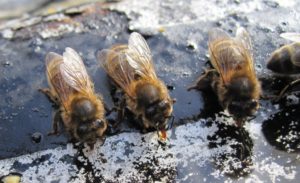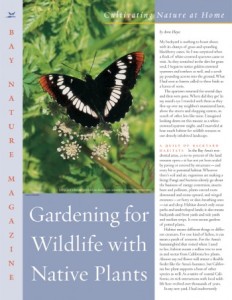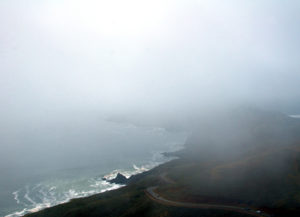Hot weather can be tough on our local wildlife, including wild bees. Honeybees, for example, need a steady supply of water to make honey and feed members of their hive, and on hot days, water sources are especially critical. But where to go? Rivers, creeks, swimming pools, and even bird baths can be risky for bees trying to quench their thirst.
Here are a few simple ways to help our pollinators cope with the heat wave in store for the Bay Area this weekend:
Create a “bee watering station” out of wine corks
“For bees, a supply of water is as important as pollen and nectar forage in the summer,” says Treehugger gardening columnist Ramon Gonzalez. But bees don’t like to get their feet wet, so make sure there’s a safe, dry perch available. You don’t need to spend much money or any fancy equipment, says Gonzalez. “Simply take a bucket, pail or trough and fill it with water. Float an ample supply of wine corks in the water to give bees a landing pad so they can drink their fill.”

Use your marbles
This one’s even easier: Place marbles in a shallow bath of water. A small saucer filled with pebbles and topped off with cool water can also do the trick. Watch this video to see how it’s done.

On extremely dry, hot days, all bee foraging—except for water—will cease, according to Kathy Keatley Garvey of UC’s Department of Agriculture and Natural Resources. Experts estimate bees may bring back nearly a gallon of water a day to their hives to to keep eggs cool and to dilute the gelatinous food provided by the nurse bee so that queens, drones, and larvae can swallow it.
To learn more, read Kathy’s BugSquad blog.
And remember to keep cool and hydrated out there!

Related: How to help backyard birds beat the heat (National Wildlife Federation)

Want to attract native bees, butterflies, and other wildlife to your garden? Pick up Bay Nature’s Gardening for Wildlife with Native Plants.


